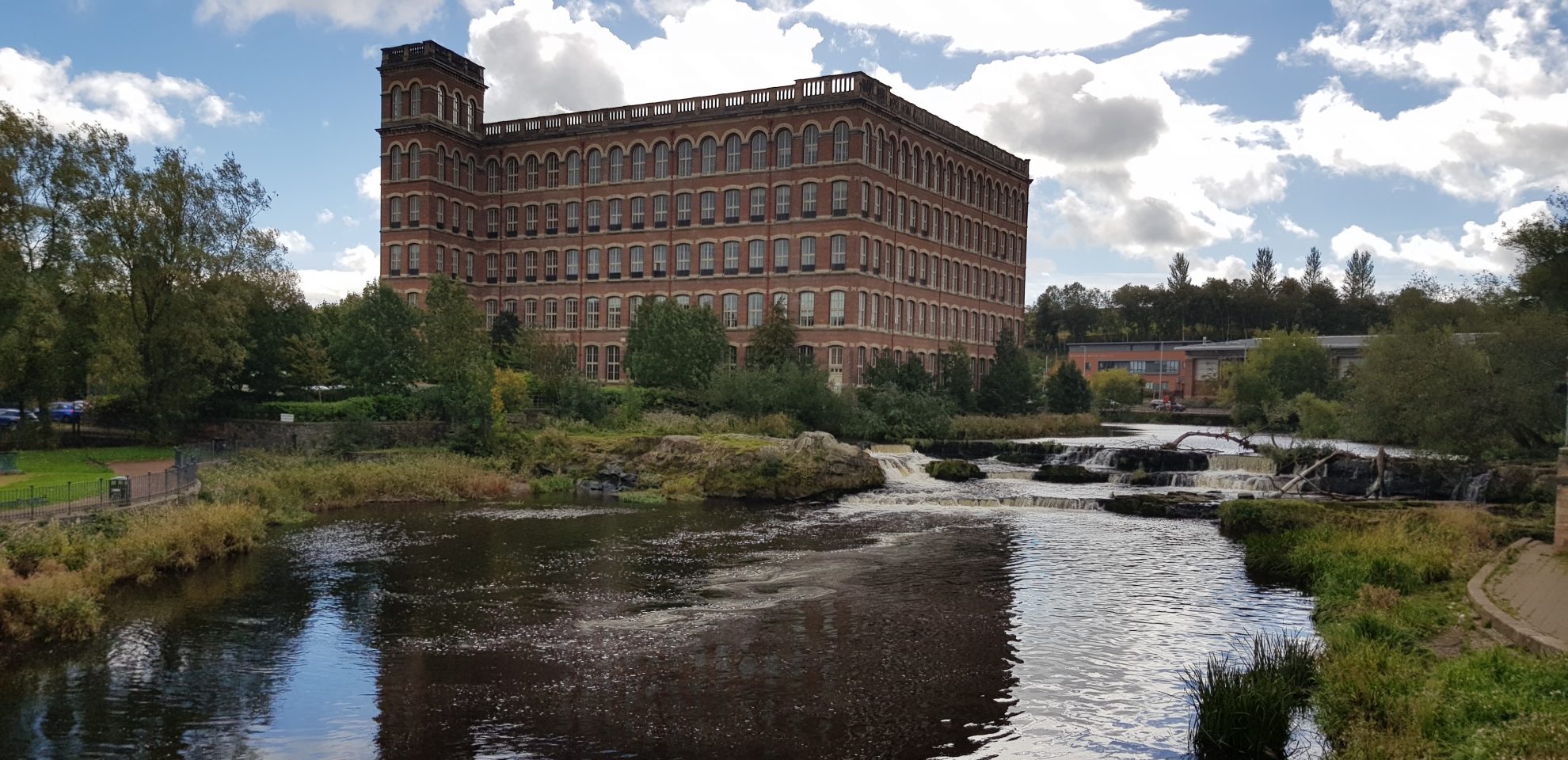-
Infirmaries of Paisley
The Old Infirmary in Bridge Street, built in 1850, occupies the site of a Hospital founded in 1784, and is now (in 1896) used as a Dispensary and Hospital. The New Infirmary at Calside (which is in course of erection) is approached by Causeyside the Main thoroughfare south wards from Gilmour and Canal Street stations.…
-
Paisley Technical School
This (in 1896) will soon be another addition to the educational institutions of the town, and, like most of the other institutions, is indebted to the liberality of her citizens for its existence. By the will of the late Peter Brough, £300 yearly was allocated for establishing a Science Lectureship. The trustees, however, instead of…
-
Robert Tannahill – A Paisley Poet
THE TANNAHILL STATUE In the Abbey Churchyard, opposite the main entrance to the Clark Town Hall. Robert Tannahill, son of a Paisley weaver, and himself trained to follow his father’s calling, was one of Scotland’s sweetest native minstrels. Indeed, he takes rank with Lady Carolina Nairne -with whose genius his had much in common as…
-
West End Cross, Paisley
This is a corner dear to the born Paslonian. The present buildings were erected some years ago on the site of the old “Coffin En’,” and are at once ornamental and, by virtue of the clock, extremely useful. It is on the highway to Johnstone on the west, and Glasgow on the east, and stands…
-
William Dunn Square
This handsome Square, with its beautifully designed parterres and elegant retaining walls, was gifted to his native town in 1894: by Wm. Dunn, Esq.,M.P. for the constituency (now Sir Wm. Dunn, Bart.). The ground is laid off according to a competitive plan secured by Mr James Donald, architect, Paisley; the whole work costing about £9000. The space was formerly occupied…
-
John Neilson Institution
From its central and commanding situation on Oakshawhead, as well as from its great architectural beauty, this Institution must be reckoned among the three or four most notable of Paisley’s public buildings. The fund of about £20,000, from which it was erected, was bequeathed by the late John Neilson, Esq. of Nethercommon, in 1839. The…
-
Walter Fitz Alan & Paisley Abbey’s Foundation
Renfrewshire’s place in Scottish History begins in the early medieval period when the newly crowned King of Scotland, David I, granted lands in the county to Walter Fitz Alan in the mid 12th Century and appointed him as the hereditary High Steward of Scotland. Little was Walter to know that several generations later, one of…
-
Volunteer (TA) Drill Hall
This hall, which is 100 feet long by 50 feet wide, is certainly more useful than ornamental. It is in contemplation, however, to provide a hall more commensurate with the importance of the objects to which it is dedicated. The entrance to the hall is flanked by two cannons, which were captured at Sebastopol. The…
-
Fountain Gardens, Paisley
Situated in Love Street, about ten minutes’ walk from the Cross, and form one of the most effective hugs of the town. Fountain Gardens were created grounds originally called Hope Temple Gardens. Hope Temple Gardens were developed by John Love in 1797. He created The Hope Temple Museum along with a bowling green. Love became…
-
Paisley and it’s Environs
Hugh MacDonald 1854 (This Edition 1910) The town of Paisley is of considerable extent and importance, being the fifth in respect to magnitude in Scotland. In population it formerly ranked next to Glasgow and Edinburgh, but latterly it has been outstripped in the march of progression by Aberdeen and Dundee; the number of its inhabitants…


You must be logged in to post a comment.